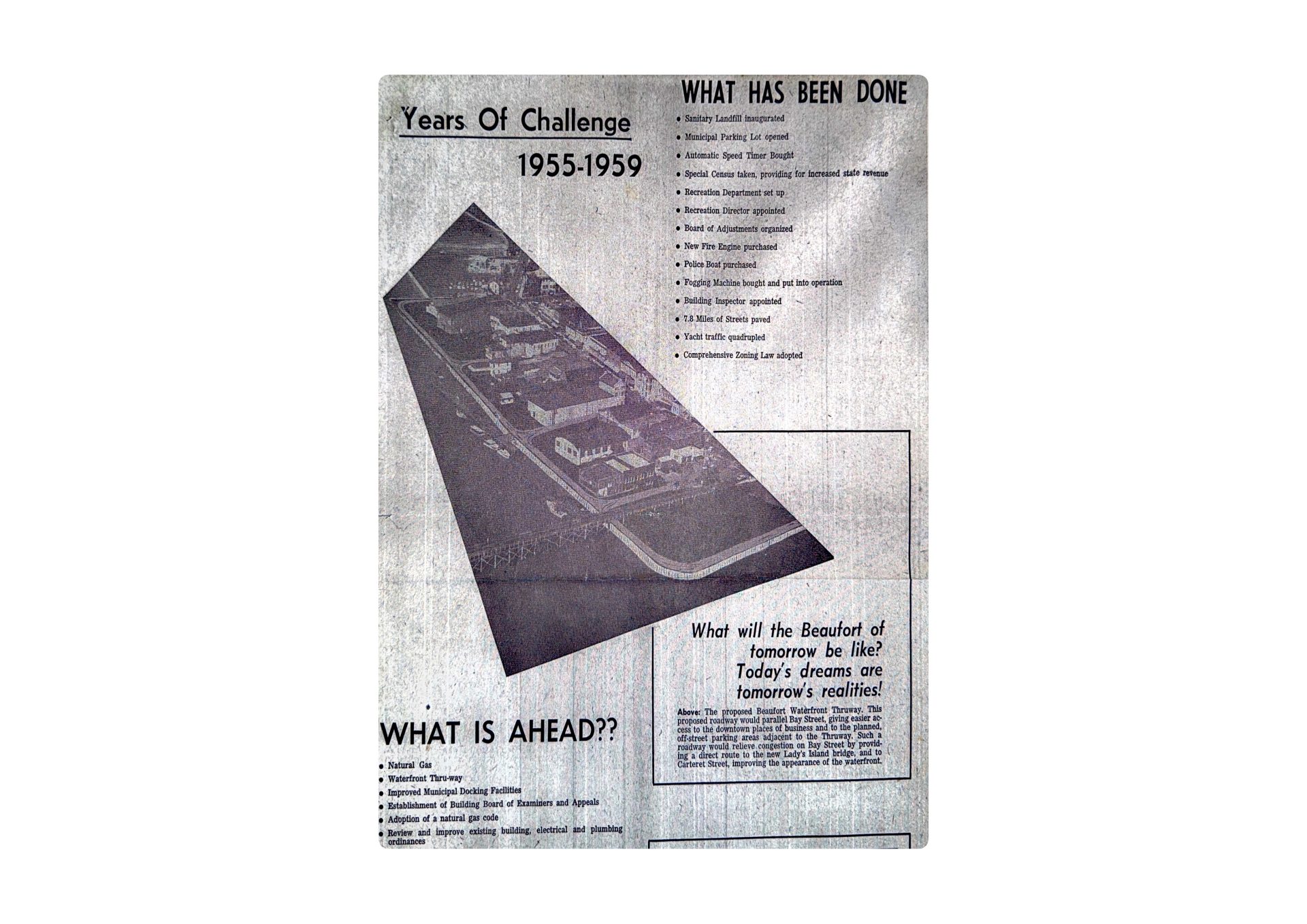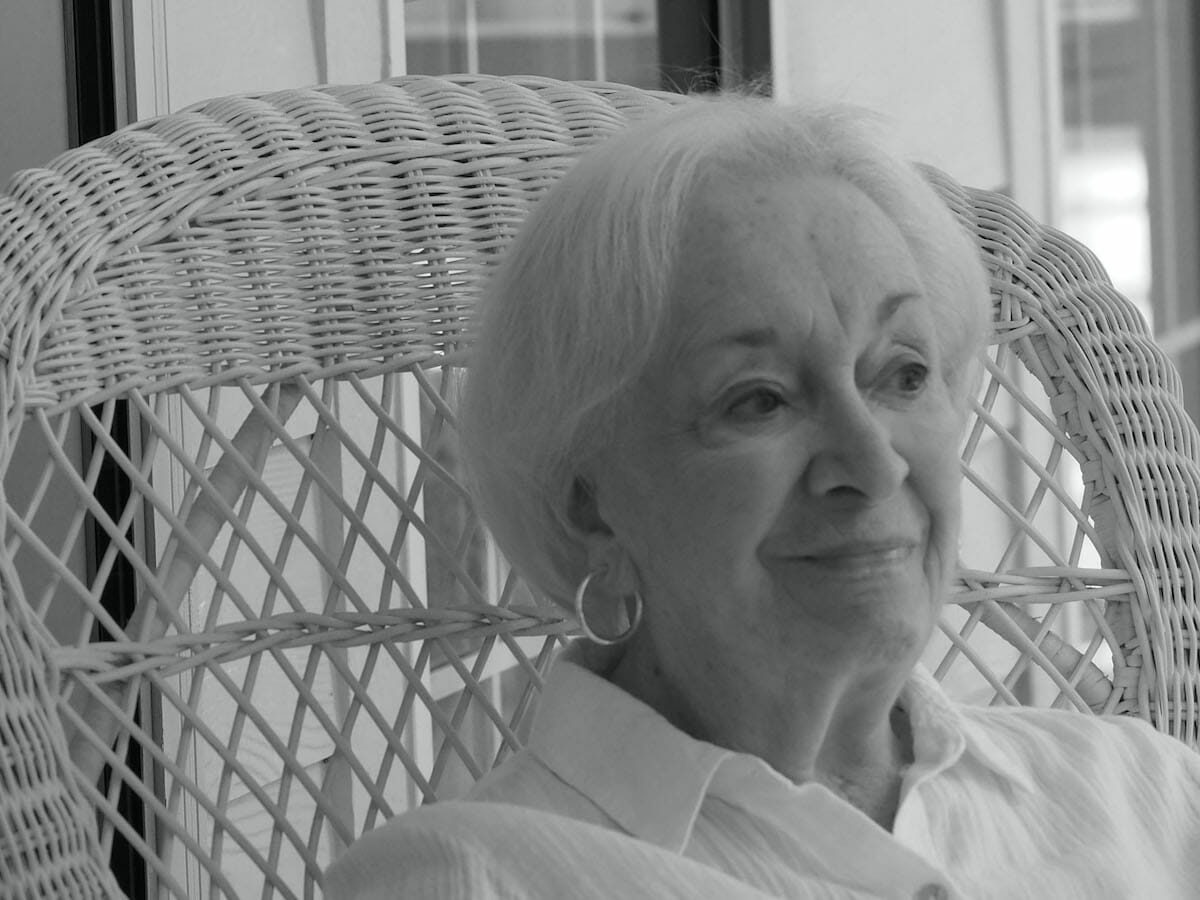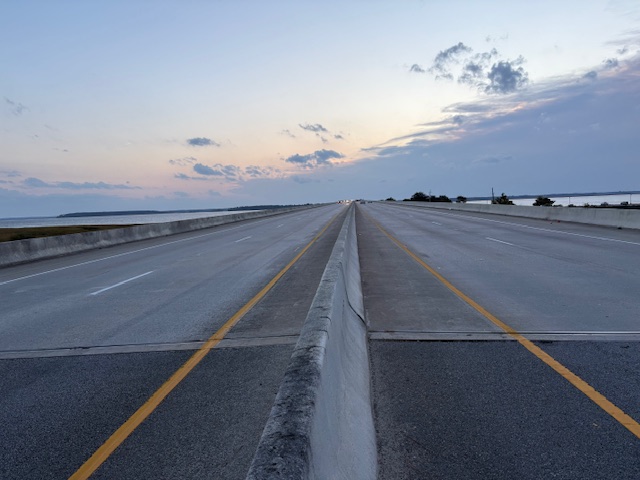By Bill Rauch
At the September 12 meeting of the Beaufort City Council the discussion turned to the dreariness of some of the buildings that have been built recently in Beaufort. Underlying the discussion certainly were illusions to 303 Associates’ recently permitted downtown hotel, parking garage and apartment building.
But those were not the only buildings that were on the minds of the discussion’s participants. Even now-departed Mayor Stephen Murray – who over the past decade stood shoulder-to-shoulder with former-Mayor Keyserling as the most effective proponents of the relaxing of Beaufort’s building and neighborhood standards – expressed his own dismay at some of the recent additions to Beaufort’s built environment.

Regular readers of this column may recall references here to a comment made by Jay Weidner, the well-respected Beaufort landscaper, to Council at that September 12 meeting. There Weidner lamented the introduction of “Soviet style architecture” into the Beaufort streetscape.
Last week I followed up with Weidner about his comment, and reviewed some history including architectural history. Here’s what I found.
A century ago – after the Bolsheviks had overthrown the Czar and then settled into power – collectivism was the central concept around which revolved most everything the new government did. Property was confiscated and nationalized, purportedly for the collective good. The rights of individuals were abrogated to the interests of the group.
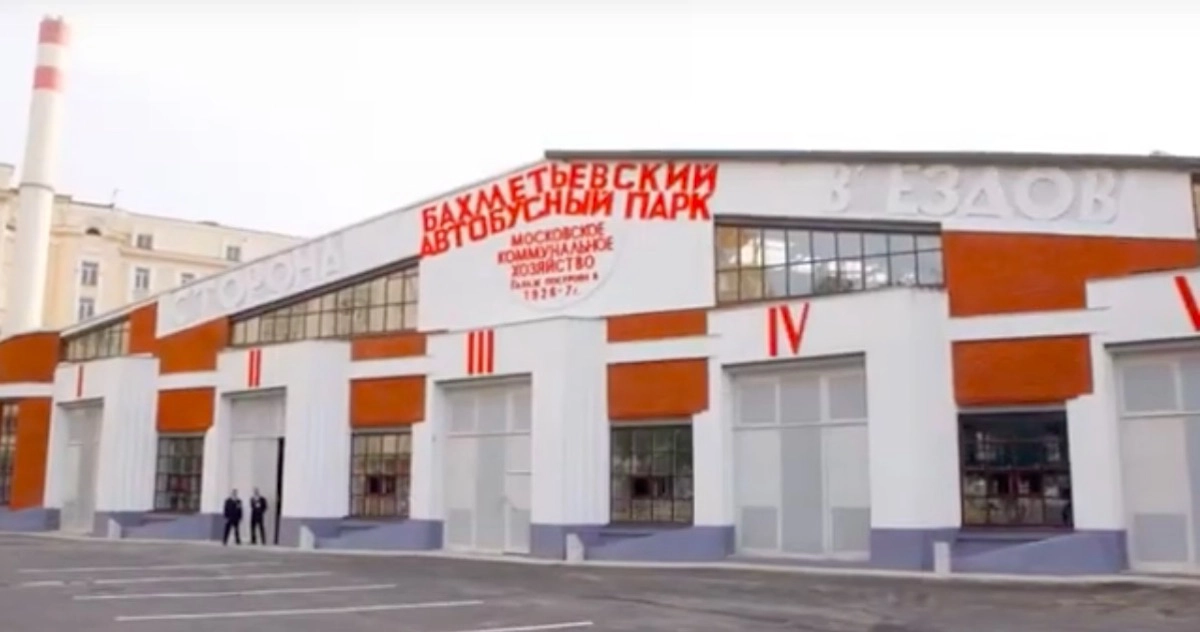
This is when the dehumanizing term “comrade,” for example, gained popularity. Comrades lived in communes where property was communal. With the new Union of Soviet Socialist Republics (USSR) government having complete control of Russia and an increasing number of satellite states, Communist Party General Secretaries Vladimir Lenin (1870-1924) and Joseph Stalin (1878-1953) sought to bend virtually every aspect of Soviet life to the new government’s new collectivism, even its architecture.
This revolutionary Soviet collectivist spirit gave rise to what became known as constructivist architecture. These were no-frills buildings built from the inside out using the least costly industrial materials like concrete, steel and stucco. At the Communist Party’s specific direction, they were designed to celebrate functionality and the revolutionary Soviet social value that the interests of the group always supersede in every respect those of individuals.
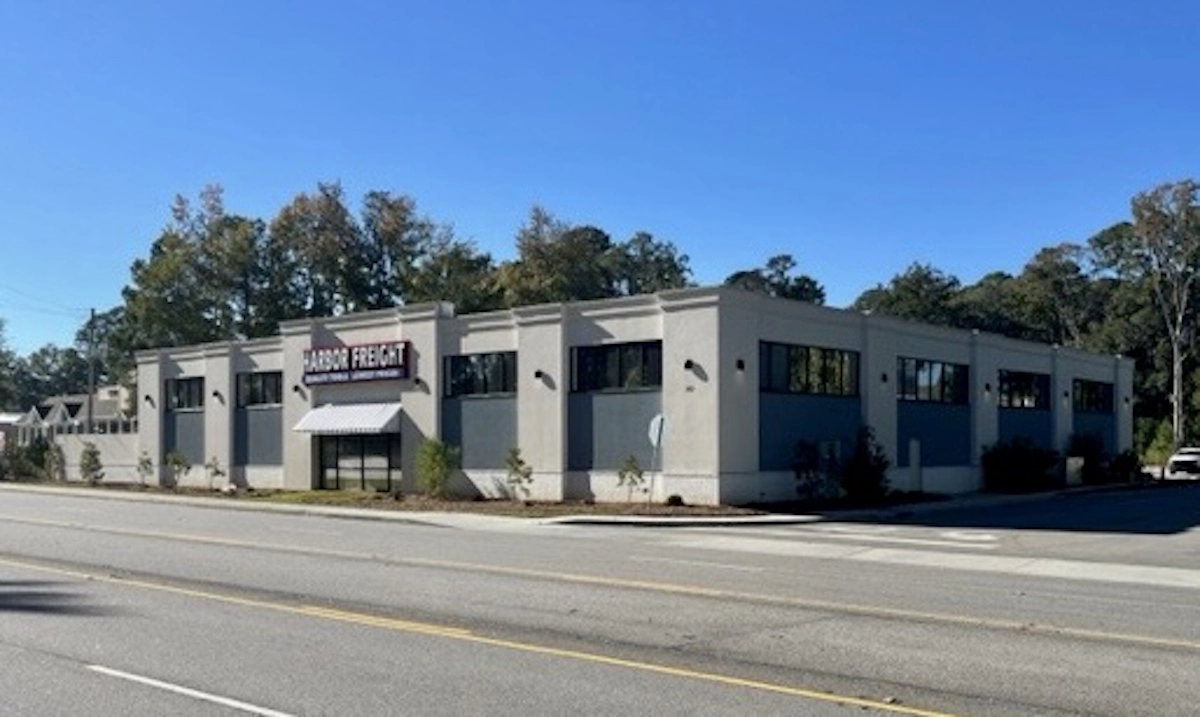
In housing, a prominent example of constructivist design is still the Political Convicts House in St. Petersburg. Built under Stalin’s watchful eye between 1929 and 1933, the building (pictured here), was considered a luxury residence at the time it was constructed. As its name suggests, the revolutionary apartment building’s function was to provide state-of-the-art housing for Bolshevik revolutionaries who had been imprisoned by the Czarists. To save its residents from the drudgery of cooking, this futuristic and utopian building was built without kitchens in its apartments. All meals were to be taken together in the common dining halls.
The constructivist style was applied to commercial buildings as well. A classic example of that application is the Bakhemetev Bus Garage (pictured here), completed in downtown Moscow in 1927. Its function was to provide a terminal for 104 buses at a time, thus facilitating the smooth transportation of workers to and from their workplaces. The building was recently the subject of a complete restoration.
After several conversations with Jay Weidner, I have provided here also several photos of residential and commercial buildings built recently on important corridors into Beaufort.
Is he onto something? You decide.
Bill Rauch was the Mayor of Beaufort from 1999 to 2008 and has twice won awards from the S.C. Press Association for his Island News columns. He can be reached at The RauchReport@gmail.com.



